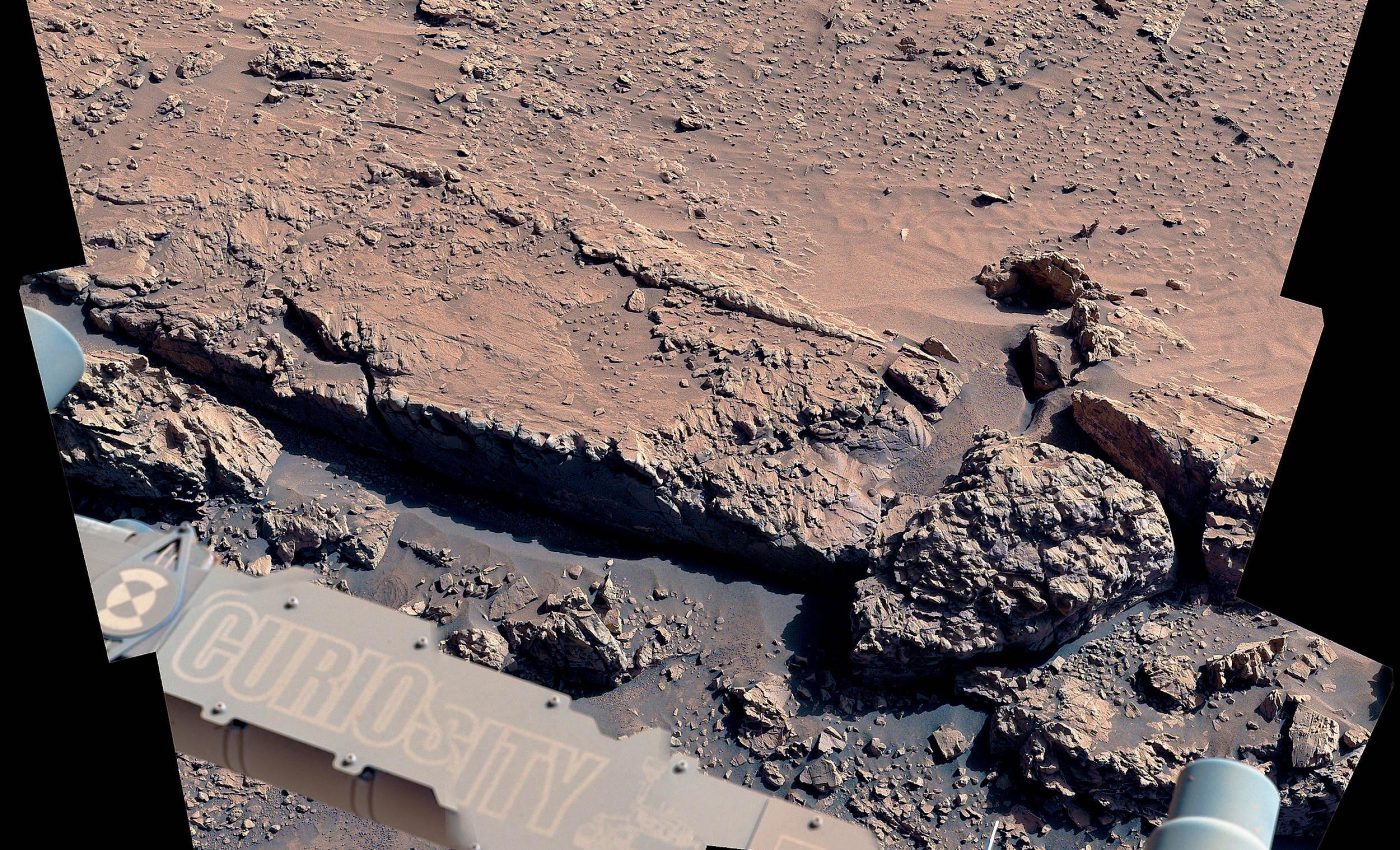
Mysterious ridges on Mars hint at an unexpected past
NASA’s Mars Curiosity rover recently arrived at a fresh patch of terrain filled with unusual rock formations. Known as “boxwork patterns,” these criss-crossing ridges are unlike anything previously seen on the Red Planet – and Curiosity is now getting its first close-up look.
The new images and data are raising big questions about what was happening on Mars billions of years ago.
Once home to rivers, lakes, and maybe even an ocean, Mars eventually lost its surface water and became the frozen desert we know today. However, the new findings suggest that water may have lingered below ground even after surface lakes had vanished.
Digging into the ridges on Mars
Scientists at the Jet Propulsion Laboratory (JPL) have been studying these boxwork patterns in Gale Crater – the rover’s landing site and longtime exploration zone.
By the time this region formed, the lakes at Gale Crater were long gone. But the new evidence shows that groundwater was still flowing.
The rover discovered short, intersecting ridges arranged in a box-like pattern – the kind geologists believe form when minerals build up in rock fractures as water trickles through them.
Over time, Mars’ wind eroded the softer rock around these mineral-filled cracks, leaving behind the hardened, cement-like ridges.
The mystery of Mars’ ridges
The ridges, which resemble broken curbs, stretch for miles along the slopes of Mount Sharp – a three-mile-high mountain Curiosity has been climbing since 2014.
According to Curiosity project scientist Ashwin Vasavada, a big mystery is why the ridges were hardened into these big patterns – and why only here?

“As we drive on, we’ll be studying the ridges and mineral cements to make sure our idea of how they formed is on target,” noted Vasavada.
Mars’ story written in layers
Mount Sharp is built from layers of rock, each one telling a story from a different period of Mars’ climate. As Curiosity climbs, it’s effectively traveling through time – from older, wetter conditions at the bottom to drier periods near the top.
The rover is now in a layer rich in magnesium sulfates, salty minerals that form as water evaporates. That suggests this part of the mountain formed during a drying phase – but then Mars threw scientists another curveball.
The bedrock between the boxwork ridges has a different chemistry than other parts of Mount Sharp. It also contains small cracks filled with bright white streaks of calcium sulfate – another salty mineral left behind by water.

These calcium sulfate veins had been common in older, clay-rich layers farther down the mountain. But they hadn’t been seen in this sulfate-rich area until now.
“That’s really surprising,” said Curiosity deputy project scientist Abigail Fraeman. “These calcium sulfate veins used to be everywhere, but they more or less disappeared as we climbed higher up Mount Sharp. The team is excited to figure out why they’ve returned now.”
Looking for signs of past life
To get to the bottom of this, Curiosity drilled a rock called “Altadena” on June 8. The powder from the drill was dropped into instruments inside the rover for detailed analysis.
The scientists want to know more about the chemical makeup of this strange terrain and how it compares to older layers.
The team also plans to drill more samples from areas with larger boxwork patterns. These samples might contain traces of organic molecules or other signs of past life, preserved in the mineral cement.
Using Earth’s driest places to map Mars
Curiosity isn’t just collecting data. It’s also renaming its map. Every area the rover explores gets nicknames to help scientists track features.
So far, those names were drawn from places near JPL in Southern California. The “Altadena” rock, for example, is named after a nearby town that suffered wildfire damage earlier this year.
But now that Curiosity has moved into a new area of its Martian journey, the naming theme has changed. The team is picking names from Bolivia’s Salar de Uyuni – Earth’s largest salt flat – and parts of Chile’s Atacama Desert.
These are some of the driest places on Earth and are often studied by astrobiologists as analogs to Mars.
New questions about Mars’ past
There are still more questions than answers. Why do the boxwork patterns only appear here? Why have calcium sulfate veins reappeared at this elevation? And what can these mineral fingerprints tell us about water’s last days on Mars?
Curiosity is slowly working its way through these puzzles. With every new sample, image, and ridge, we get a little closer to understanding what Mars was – and maybe what it could have supported.
—–
Like what you read? Subscribe to our newsletter for engaging articles, exclusive content, and the latest updates.
Check us out on EarthSnap, a free app brought to you by Eric Ralls and Earth.com.
—–













